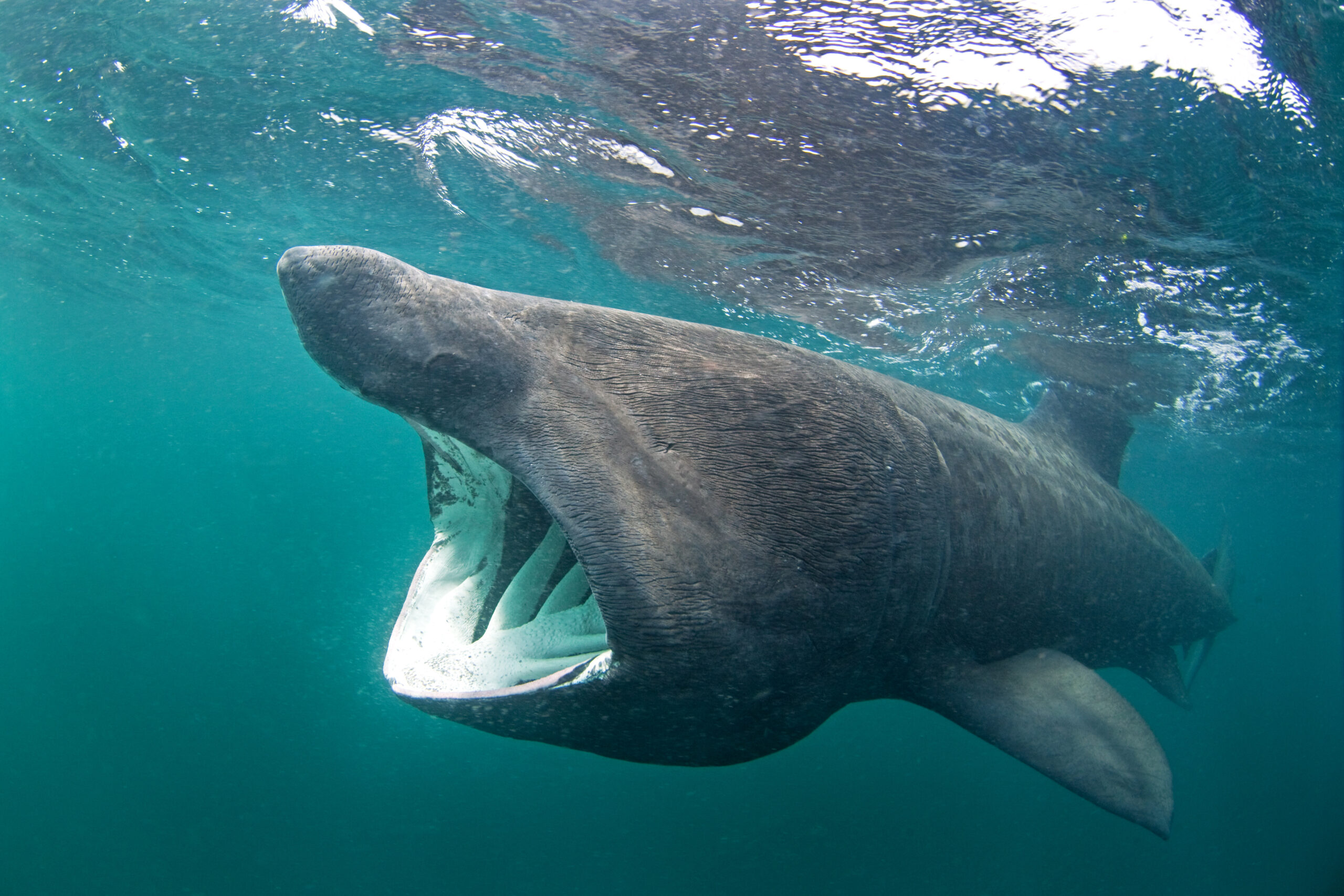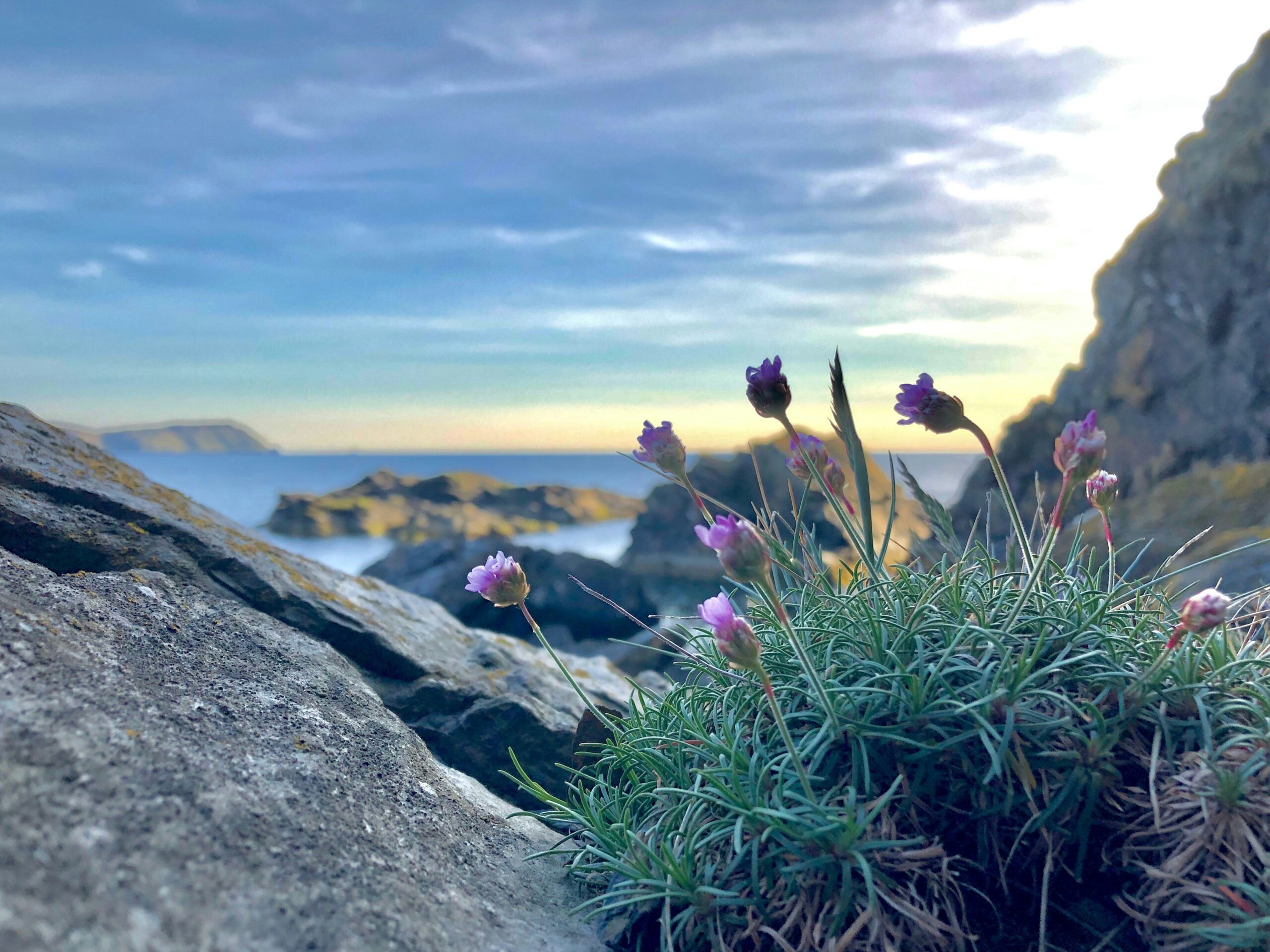A group of conservation organisations are calling on planners to work together to ensure that wildlife is protected in the Irish Sea. The ‘Ecological Considerations for Marine Spatial Planning in the Irish Sea’ report urges planners in all six nations bordering the Irish Sea to collaborate and cooperate “for the sake of nature”.
The Irish Sea Network comprises thirteen conservation bodies and reports that while over a third of the Irish Sea has been designated as Marine Protected Areas, as little as five per cent is managed for nature, and less than 0.01 per cent is fully protected from damaging activities.
The Irish Sea is bordered by England, Wales, Scotland, Ireland, Northern Ireland and the Isle of Man, and is coming under significant and increasing pressure from damaging activities such as industrial fishing, aquaculture, offshore renewable energy development, shipping, military activity, recreational activity and pollution, says the Network.
The Network states that each Irish Sea nation is producing separate marine planning documents. Each plan will cover a huge range of uses of the Irish Sea, from rules about fishing and renewable energy to shipping and tourism. The Irish Sea Network says all planners and decision-makers must collaborate and cooperate better and with urgency, to consider the Irish Sea as a whole, and ensure that the nature and climate crises are at the forefront during this process.
Wind farms in the right places using the right technology
Head of Marine at the North West Wildlife Trusts, Georgia de Jong Cleyndert said: “Marine species don’t respect borders or stick to lines drawn on maps – they show just how connected our Irish Sea is. For example, basking sharks migrate throughout the Irish Sea while cockles from all corners of the Irish Sea are genetically linked. Species are so interconnected, we believe strongly that the Irish Sea should be considered as a whole and urgent measures to protect nature should be taken at a cross-national level.”
Georgia continued: “Other key areas for collaboration include replacing trawling methods with less damaging forms of fishing, such as using creels, as well as exploring the benefits of nature tourism.”
The Irish Sea Network is ‘urging planners to ensure that environmental projects, such as wind farms, are sited in the right places using the right technology, i.e. not in marine protected areas.’
Photo: James Qualtrough
Ireland’s contribution
Ireland contributes only a tiny part of the MPA designations, as its Marine Protected Areas Bill, which would provide for MPA designation and management, is still to be published, says the Sustainable Water Network (SWAN), one of the partners of the Irish Sea Network.
Sinéad O’ Brien, Sustainable Water Network (SWAN) Co-ordinator said, “A collaborative ecosystem-based approach, that has regard for the environmental sensitivities of what can go where and when, is needed in order to protect and restore the health of the Irish Sea for all.”
Emma Armshaw, Marine and Coastal Policy Officer (SWAN) said, “Legislation for Irish Marine Protected Areas is fundamental for marine spatial planning for the Irish Sea. However, three years after the National Marine Planning Framework, we still don’t have this, with continual delays preventing the bill from being published.”
Ecological Considerations for Marine Spatial Planning in the Irish Sea
The Irish Sea Network is a partnership of 10 Wildlife Trusts from around the Irish Sea (Manx Wildlife Trust, North Wales Wildlife Trust, North West Wildlife Trusts – Cumbria, Lancashire and Cheshire, The Wildlife Trusts, Scottish Wildlife Trust, Ulster Wildlife, Wildlife Trust of South and West Wales, and Wildlife Trusts Wales), Northern Ireland Marine Task Force, Irish Wildlife Trust, and the Sustainable Water Network (SWAN).
The full report, ‘Ecological Considerations for Marine Spatial Planning in the Irish Sea’, can be read here.

